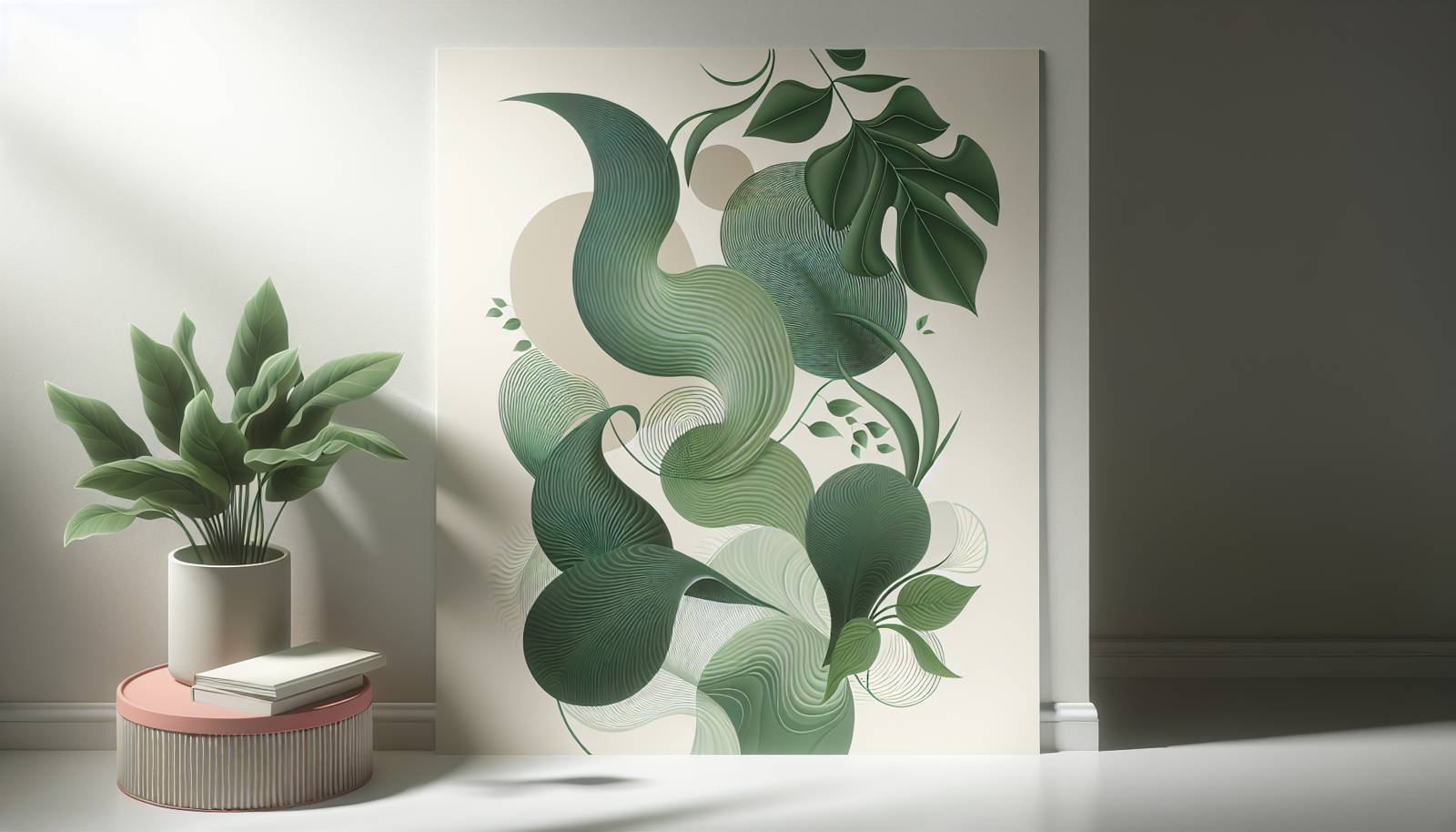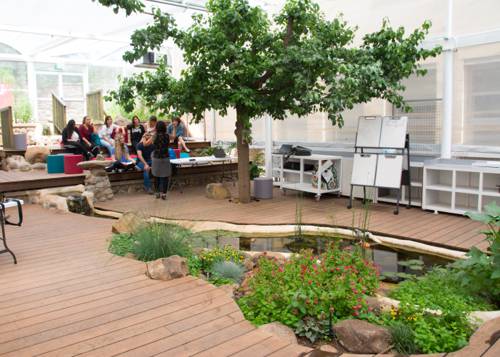
FAQ About Indoor Plant Biophilic Design

What is biophilic design?
Biophilic design is an architectural and interior design approach that seeks to connect building occupants more closely to nature. It incorporates natural elements, such as lighting, ventilation, and plant life, into modern environments to enhance wellbeing and productivity.

How do indoor plants contribute to biophilic design?
Indoor plants contribute to biophilic design by bringing elements of nature indoors. They add aesthetic value, improve air quality, reduce stress, and can increase overall happiness and productivity. Plants can be incorporated into various spaces to mimic the tranquility and comfort of natural environments.

What are the benefits of integrating indoor plants into interior design?
Integrating indoor plants into interior designs can provide multiple benefits, including improved air quality through the absorption of harmful pollutants, stress reduction, enhanced mood, increased creativity, and better focus and concentration. Plants also help in regulating humidity and can even reduce noise levels indoors.

Can indoor plants improve workplace productivity?
Yes, numerous studies have shown that indoor plants can improve workplace productivity. They can reduce stress levels, enhance overall mood, and increase concentration, all of which contribute to better productivity. Plants also create a more welcoming environment, which can lead to greater employee satisfaction.

Which indoor plants are best suited for biophilic design?
Several plants are well-suited for biophilic design, including snake plants, pothos, spider plants, peace lilies, and ferns. These plants are generally low maintenance and come with various health benefits such as air purification and stress reduction, making them ideal for indoor settings.

How does biophilic design improve wellbeing?
Biophilic design improves wellbeing by reducing stress, enhancing mood, and fostering a sense of connection to the natural world. The presence of natural elements like plants and sunlight in indoor spaces has been shown to lower blood pressure, anxiety, and even instances of depression, leading to a healthier lifestyle.

Is biophilic design sustainable?
Biophilic design can be highly sustainable when it involves the use of environmentally friendly materials and practices. By incorporating natural elements and energy-efficient systems, biophilic design promotes sustainability and reduces environmental impact, aligning with eco-friendly principles.

How can I incorporate biophilic design into my home?
To incorporate biophilic design into your home, start by increasing natural light and using plants to create a greener environment. You can also use natural materials like wood and stone in your decor, incorporate elements that mimic natural textures and shapes, and utilize views of nature through windows or art.

Does biophilic design affect creativity?
Yes, biophilic design positively affects creativity. By creating a stimulating environment that includes natural elements like light and greenery, it encourages imaginative thinking and problem-solving. Such environments are known to spark innovation and inspire creative processes.

How do indoor plants affect air quality?
Indoor plants improve air quality by absorbing carbon dioxide and releasing oxygen. They also filter out harmful toxins like formaldehyde and benzene, found in household products. NASA's Clean Air Study highlighted several plant species that are particularly effective at purifying indoor air.

What common misconceptions exist about biophilic design?
A common misconception about biophilic design is that it is merely about adding plants to a space. While plants are an essential component, biophilic design also involves integrating natural light, textures, materials, and views of nature to create a harmonious environment.

What role does natural lighting play in biophilic design?
Natural lighting is a crucial element of biophilic design. It not only illuminates spaces but also synchronizes our internal circadian rhythms, improving sleep quality, mood, and overall wellbeing. Maximizing natural light in interiors can create a healthier, more dynamic living or working environment.

Can biophilic design reduce stress levels?
Yes, biophilic design can significantly reduce stress levels. Integrating elements like natural light, organic patterns, and plant life into indoor spaces has been shown to lower cortisol levels, contributing to a calmer and more relaxed state of being.

How does biophilic design influence interior aesthetics?
Biophilic design influences interior aesthetics by incorporating natural elements that create a sense of balance and tranquility. This can include using earthy color palettes, natural textures, and organic shapes, resulting in a more inviting and soothing environment that pleases the senses.

What is the history of biophilic design?
Biophilic design is a relatively modern concept that stems from the biophilia hypothesis put forward by biologist E.O. Wilson in 1984. The hypothesis suggests that humans have an innate connection to nature and need exposure to natural stimuli for psychological and emotional wellbeing, leading to the development of biophilic design practices.

Can biophilic design be used in urban settings?
Yes, biophilic design is particularly beneficial in urban settings where natural environments are often limited. By incorporating green roofs, vertical gardens, and other natural elements into urban architecture, biophilic design can provide city dwellers with beneficial exposure to nature.

What challenges might arise when implementing biophilic design indoors?
Challenges in implementing biophilic design indoors may include limited space for plant installations, inadequate natural lighting, and maintenance requirements of live plants. Solutions involve using adaptable designs, choosing low-light plant species, and considering artificial lighting alternatives.

Does biophilic design apply to all types of buildings?
Biophilic design can be applied to various types of buildings, from residential to commercial and institutional environments. Its principles are adaptable and can enhance the function and aesthetics of any space, promoting wellbeing and comfort across diverse settings.

How cost-effective is biophilic design?
While adopting biophilic design may incur initial costs, the long-term benefits often outweigh these expenses. Improvements in worker productivity, reduced sick days, and increased property value through enhanced design and energy efficiency can make biophilic design a cost-effective investment over time.

Can artificial plants be used in biophilic design?
While live plants are preferable in biophilic design because of their air-purifying and psychological benefits, artificial plants can also be used where live plants aren't viable. They still provide aesthetic and design benefits, although they don't improve air quality.
